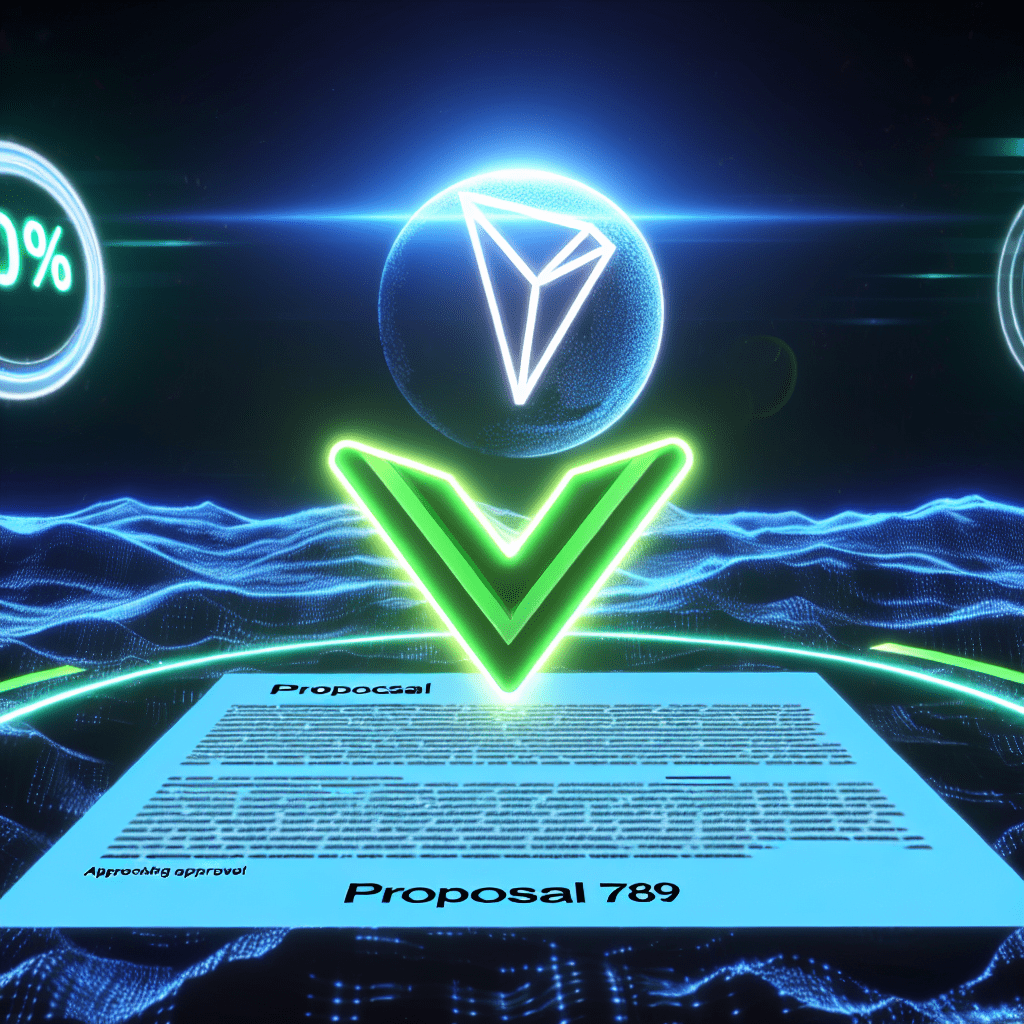A GitHub proposal aimed at aligning the Tron blockchain’s fee structure with broader adoption objectives is gaining momentum ahead of Friday’s voting deadline, indicating that network stakeholders are emphasizing accessibility — even if it risks introducing net inflation in the TRX supply.
The proposal, titled “Decrease the transaction fees” (Issue #789), was put forward on Aug. 8 by GitHub user GrothenDI in the Tron Improvement Proposals repository.
This initiative proposes reducing the energy unit price from 210 sun to 100 sun, effectively halving the cost of energy-consuming transactions. One TRON (TRX) token is equivalent to 1,000,000 sun — the smallest divisible unit of TRX, akin to a satoshi for Bitcoin (BTC).
If approved, this change is anticipated to enhance user accessibility by lowering the TRX needed for each transaction. Estimates indicate this adjustment could make the network affordable for nearly 45% more users, especially in high-volume scenarios like stablecoin transfers.
The proposer referred to historical context: After Proposal #95, which halved energy costs in 2024, the network experienced a notable uptick in new smart contract deployments, suggesting a strong link between reduced fees and ecosystem expansion.
However, the update poses risks. Currently, at a rate of 210 sun per energy unit, Tron achieves a net burn of around 76 million TRX. Lowering the rate to 100 sun could reverse this trend, leading to net inflation unless transaction activity increases sufficiently to balance the decreased burn rate.
Related: Tron Inc. seeks $1B to enhance TRX holdings as stock surges
Proposal gains traction ahead of deadline
As of Wednesday, it had garnered 17 votes in favor, including endorsements from Chain Cloud, CryptoChain, Nansen, HTX.com, P2P.org, and Tron Alliance, while 10 participants had not yet voted. Given this momentum, the proposal seems likely to succeed.
According to Tron’s governance rules, a proposal requires approval from at least 18 of the 27 Super Representatives — the elected block producers responsible for block generation and transaction validation on the network.
Founded in 2017, Tron is among the few blockchains to have increased its presence across multiple market cycles.
Currently, it ranks as the ninth-largest blockchain by market capitalization, valued at $33.1 billion, as per CoinMarketCap. The network has also made significant strides in the stablecoin sector, with its stablecoin supply growing by 40% since the beginning of the year.
Related: Crypto Biz: Wall Street giants invest in stablecoins

